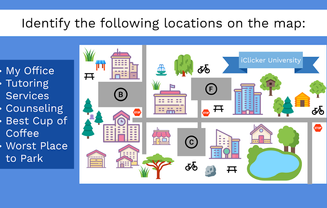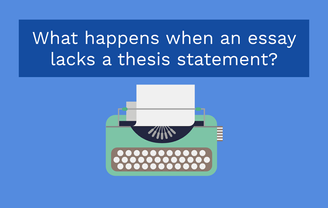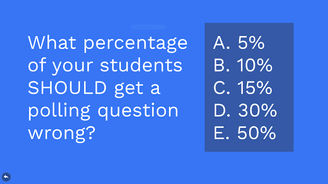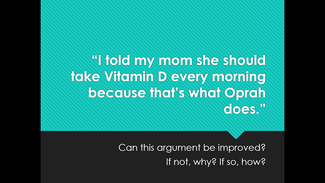Five Pedagogical Best Practices for Polling Question Construction
- Subscribe to RSS Feed
- Mark as New
- Mark as Read
- Bookmark
- Subscribe
- Printer Friendly Page
- Report Inappropriate Content
1. Keep Polling Low-Stakes, High-Interest

When students find your polling questions compelling, they are more likely to attend class regularly and they are more likely to use iClicker as a study tool outside of class.*
*Jeff Bergin and Lisa Ferrara, (2019, April 1).How Student Attendance Can Improve Institutional Outcomes. EDUCAUSE Review,. Retrieved from https://er.educause.edu/blogs/sponsored/2019/4/how-student-attendance-can-improve-institutional-outc...
2. Challenging Questions Should Follow Challenging Concepts

Besides, how do you like playing a game that’s too easy? Challenging questions keep students engaged and increase the “game” quality of your class, making for stickier, more impactful learning.
*Amy M. Shapiro, Judith Sims-Knight, Grant V. O'Rielly, Paul Capaldo, Teal Pedlow, Leamarie Gordon, Kristina Monteiro, (2017). Clickers can promote fact retention but impede conceptual understanding: The effect of the interaction between clicker use and pedagogy on learning. Computers & Education, 111, 44–59. Retrieved from http://www.sciencedirect.com/science/article/pii/S0360131517300726
3. Include Tempting Wrong Answers

When students pick the incorrect question en masse, you will have a highly engaged audience when you challenge directly what they thought they knew.
*The Teaching Center at Washington University in St. Louis. Asking Questions to Improve Learning. Retrieved from https://teachingcenter.wustl.edu/resources/teaching-methods/participation/asking-questions-to-improv...
4. Incorporate Open-Ended Questions

Consider having a short answer poll open during lecture, videos, student presentations, or any class time where students need to let you know their questions or concerns in a discreet way.*
*Dan Levy, Josh Yardley, and Richard Zeckhauser. Working Paper. Getting an Honest Answer: Clickers in the Classroom HKS Faculty Research Working Paper Series, RWP15-071. Retrieved from https://scholar.harvard.edu/danlevy/publications/getting-honest-answer-clickers-classroom
5. Anticipate Polling Surprises

Remember that iClicker Cloud allows you to ask questions on the fly, ask questions more than once, and compare polling results windows. You can ask one polling question multiple times in the same class, revealing to you how students’ understanding grows and changes.
*Schwartz, K. (2014, January 6). The Importance of Low-Stakes Student Feedback. Retrieved from https://www.kqed.org/mindshift/33230/the-importance-of-low-stakes-student-feedback
You must be a registered user to add a comment. If you've already registered, sign in. Otherwise, register and sign in.






